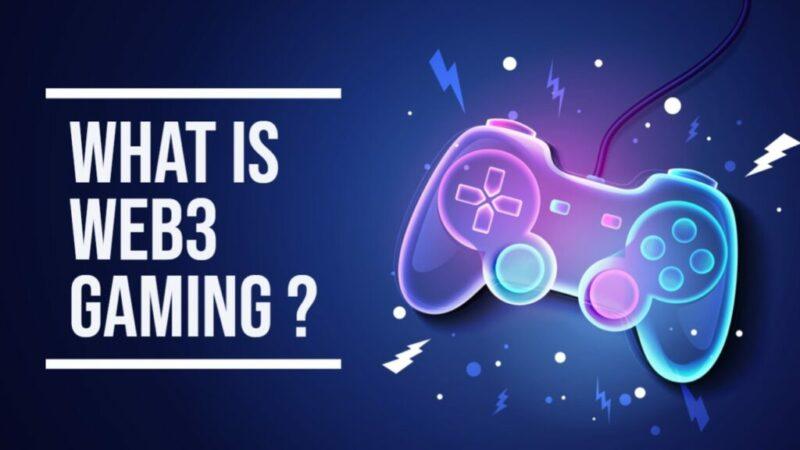Web3 gaming dominates the agenda nowadays. Aside from all the industry professionals discussing or theorizing about it or its future, many game companies, from indie game studios to corporate industry giants, are either working on it or preparing to work on it. According to DappRadar, millions already play web3 games, and new ones are being released. But what is Web3 gaming? What makes a game qualify as a Web3 game?
What is Web3?
The topic of Web3 gaming cannot be covered efficiently without covering Web3. For starters, Web3 is a concept, an approach, or an attitude towards the fundamentals of the internet rather than a specific technology. The term Web3 was first coined in 2014 by Gavin Wood, founder of blockchain infrastructure company Parity Technologies, to express his vision for the future of the internet.
Since it’s not a specific technology and still emerging and transforming, it’s hard to define a verbatim description of Web3. Like the ages throughout human history, determining it will probably be easier after the fact or various de facto characteristics surface. As the iron age was characterized by the humans’ use and processing of iron, the renaissance age by the emergence of free thought and artistic expression, or the industrial age by the emergence of steam power and mass production, the age of Web3 can be characterized by decentralization.
As of now, the internet is considered to have gone through 3 eras. Web 1.0 was defined by one-way communication. Users couldn’t publish their content or could only interact with the content on the internet in a very limited manner.
Web 2.0 has seen fast advancement in technologies like Javascript, HTML5, and CSS3, which made the internet much more interactive. This era has also seen the rise of social networks and user-generated content, which can be specified as the defining characteristics of this age.
Web 3.0, on the other hand, can be defined as a response to the weaknesses of Web 2.0. During the age of Web 2.0, behemoth companies like Google, Facebook, Amazon, and many others grew stronger day by day.
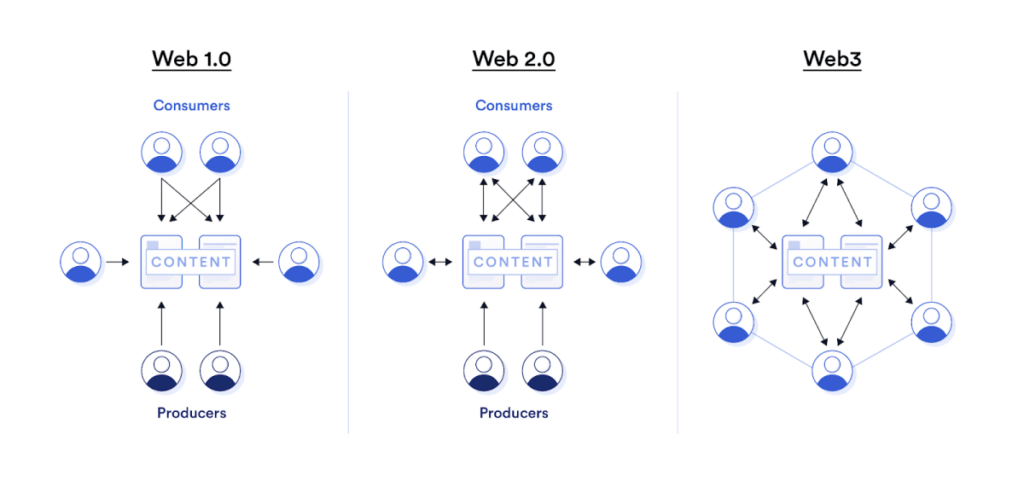
These companies offered various free services to the end users in exchange for their data. Data privacy has become a significant concern, and humanity has seen multiple cases where some of those companies abused or exploited their power. These companies operated globally and were involved in the lives of the majority of the human population. They became part of a regular individual’s daily life regardless of nationality or political disposition. At some point, some of these companies were even accused of interfering with elections or politics of countries. These companies acquired such power through data — massive amounts of data which is stored in centralized databases or servers.
The era of Web 2.0 has also seen the emergence of distributed ledgers, cryptocurrencies, blockchains, and a thought environment where central authorities have started to be questioned. Such technologies and innovative attitudes toward matters have put decentralization in the focus of Web3.
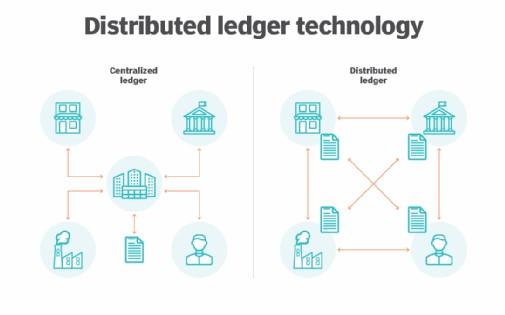
As mentioned earlier, Web3 is still emerging. It may end up differently, but decentralization, democratization, connectivity, and ubiquity are at its focus. In addition, creating a semantic web through AI (artificial intelligence) technologies, deep learning, and machine learning occupy the focal area of Web3.
Various technologies that laid the foundation for Web3 gaming
Gaming DAOs play a crucial role in democratization. A DAO (decentralized autonomous organization) is software with governance and decision-making rules that run on a decentralized network and is managed through rules programmed in smart contracts. DAOs allow their participants to vote on various issues, like company shareholders.
Web3 gaming must utilize and integrate various technologies to function properly and fulfill its promises. A web3 provider or a node provider plays a critical role in a blockchain-based game. They interact with blockchain nodes and provide applications with historical or the latest blockchain data. They act as a medium during the data transaction between the game and the blockchain network.
Smart contracts are programs on a blockchain that run when predetermined conditions are fulfilled. They automate the execution of an agreement without the need for an arbitrator or medium. They are also sometimes used as part of workflows to trigger various actions when the prerequisites are fulfilled.
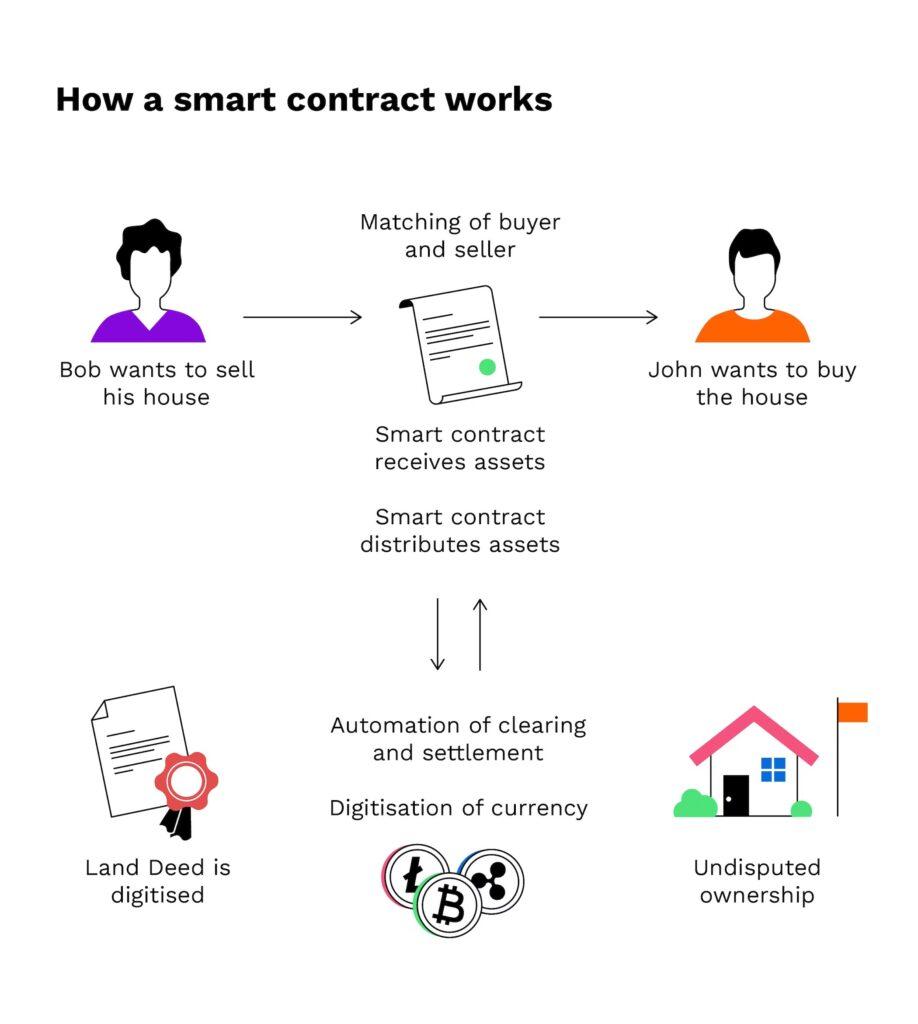
A digital wallet is needed to hold a player’s digital in-game assets and collectibles. A digital wallet is, therefore, an integral part of Web3 games.
Another integral part of Web3 gaming is DApps (decentralized applications). They can operate autonomously, usually by using smart contracts. They work without human intervention, and once launched, they don’t belong to a single entity, like a company. In that sense, they play a role in data privacy and the decentralized nature of Web3 gaming.
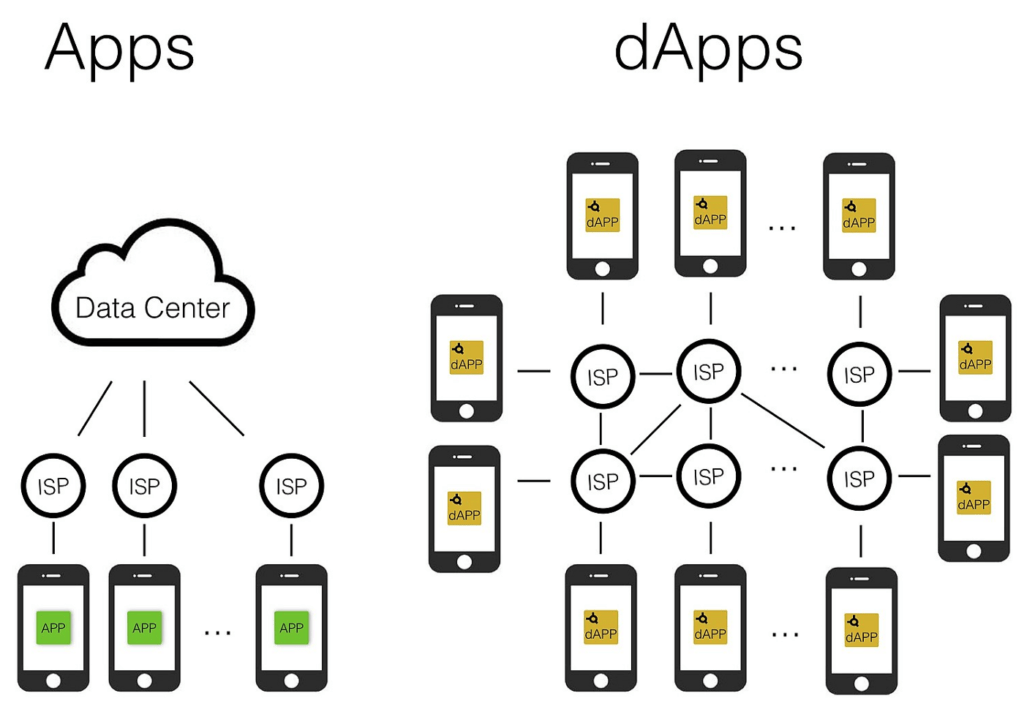
Web3 gaming
Web3 gaming rises on the same principles as Web3. Decentralization is one of the core principles of Web3 gaming too. In a video game, the developer or publisher, including the digital in-game assets, is the game’s ultimate owner. They hold the intellectual rights to anything inside the game. This includes players’ assets too.
In a Web3 game, the player is the owner of their in-game digital assets as if they own them in the real world. They can profit or benefit from any present or future advantages they create. Web3 games also create worlds where the players can influence or direct the games’ future.
Web3 games achieve this by incorporating NFTs and blockchain technology into the game. NFTs are necessary to determine ownership, while blockchain technology enables decentralized trade of these assets without an arbitrator. In Web3 games, digital in-game assets can be traded in virtual markets.
Yet this ability alone wouldn’t mean anything or offer minimal advantages compared to traditional games. If in-game assets are not cross-compatible, they will become worthless as soon as the game publisher decides to shut down a game server or cut support for a particular game version. Here, another aspect of Web3 gaming becomes critical. Backward and cross-compatibility play a crucial role in Web3 games. Compatibility lets the players move their assets through game worlds, versions, or metaverses. This ability is a critical factor that retains the assets’ values.
Many games with an economy depend on a fictional in-game currency, but most of these currencies are worthless out of that specific game or game universe. Web3 games utilize cryptocurrency and blockchain technology in the games’ world to enhance cross-compatibility and overcome this problem. Web3 games also introduce different economic dynamics both for the developer and the player. One is called play-to-earn, which lets players earn such currencies by playing the game.
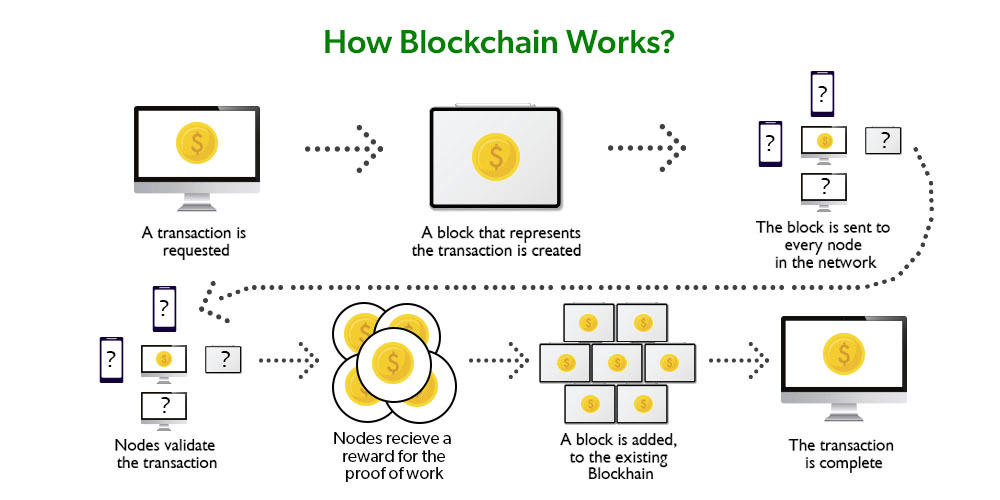
Many Web3 games are also built on metaverses, where the players can create their own worlds to their liking. Other players can move through these worlds along with their digital assets. Yet another aspect that depends on cross-compatibility, this feature massively increases playability. All these fundamental Web3 gaming dynamics integrate the games into the players’ real life while enhancing immersion and even creating income opportunities for players.
Blockchain-based gaming also provides many advantages for the developer, including enhanced security and insignificant maintenance costs. A distributed process removes the concept of a central server that attackers can target while also laying the foundations for letting the players have a say in the potential modifications to the game, as in the right to vote.
It’s been around ten years since the concept of Web3 was thrown out. Since then, it has been quickly embraced and utilized. Web3 gaming is, however, an emerging concept. Although it appears to be taking its shape and forming its identity relatively quickly, it is yet to find its final shape. This means that the field is abundant in opportunities and open to innovation. Something that the players in the game industry should keep in mind.
Various examples of Web3 games
- Sorare:A fantasy sports game.
- Planet IX: The biggest GameFi platform on the Polygon blockchain.
- Aurory: A play-to-earn Japanese role-playing game built on Solana.
- DeFi Land: A multi-chain agriculture-simulation game with DeFi apps.
- Zed Run: A digital horse racing game with play-to-earn tokenomics.
- STEPN: A move-to-earn game that requires players to walk or run in NFT sneakers.
- Faraland: A strategic turn-based fantasy role-playing game with crypto rewards.
- Alien Worlds: A sci-fi fantasy crypto game that requires players to use in-game NFTs to advance in missions.
- Aavegotchi: A play-to-earn RPG collectible NFT game with gamified DeFi functionality.
- Splinterlands: A Web3 trading card game.
- DeFi Kingdoms: The largest blockchain game on Harmony, with a focus on gamifying decentralized finance.
- CryptoKitties: An Ethereum-based game where players collect, breed, and trade NFT cats.
- Crabada: A play-to-earn undersea adventure game on Avalanche.
- Decentraland: A virtual world built on Ethereum where users can create and monetize content.
- Axie Infinity: Inspired by the Pokémon series, it’s a blockchain-based game where the players battle against monsters.





